Our Projects
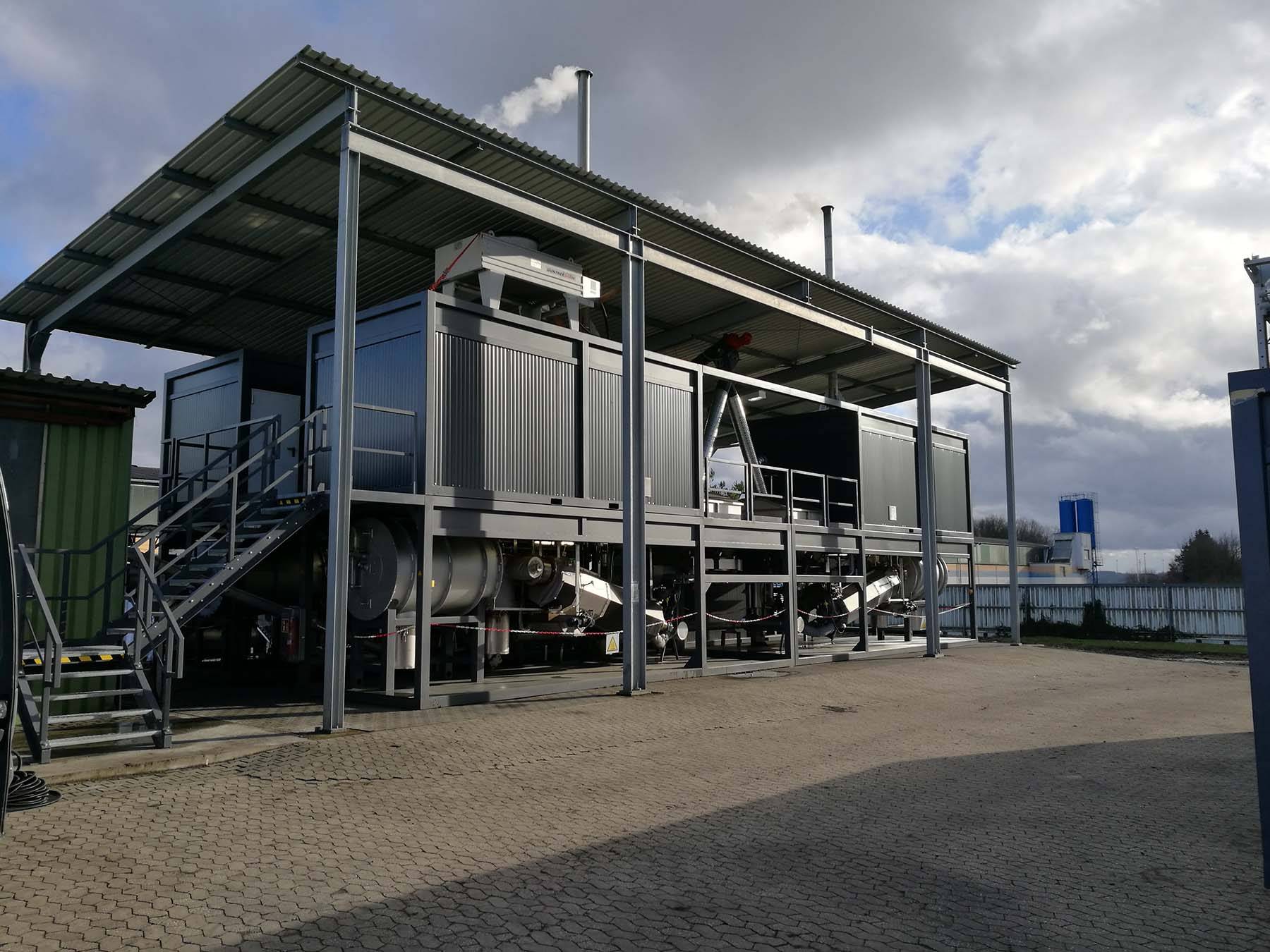
Carbon Removal Site Rhine
2018
Carbon Removal Site Rhine
2018 saw the construction of our first carbon removal plant with three BCR systems and a capacity of around 1000 t/a carbon credits. This plant has helped lay the foundation for the efficient operation of carbon removal projects worldwide, allowing us to research and experiment with different input materials and pretreatments, post production, as well as energy utilization.
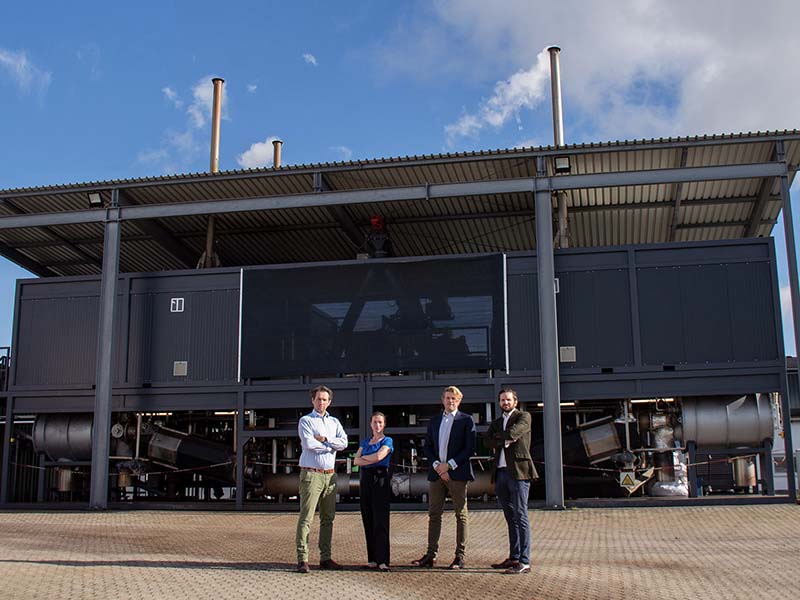
Carbon Removal Site Rhine
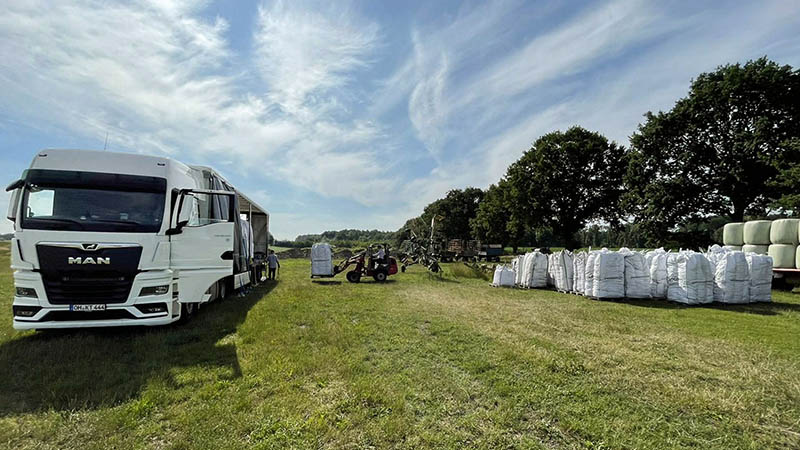
Thus, building expertise in plant design and operation and the skeleton of what we do: our distribution channels and customer base for the biochar. The surplus heat of the system is transferred to a nearby construction site.
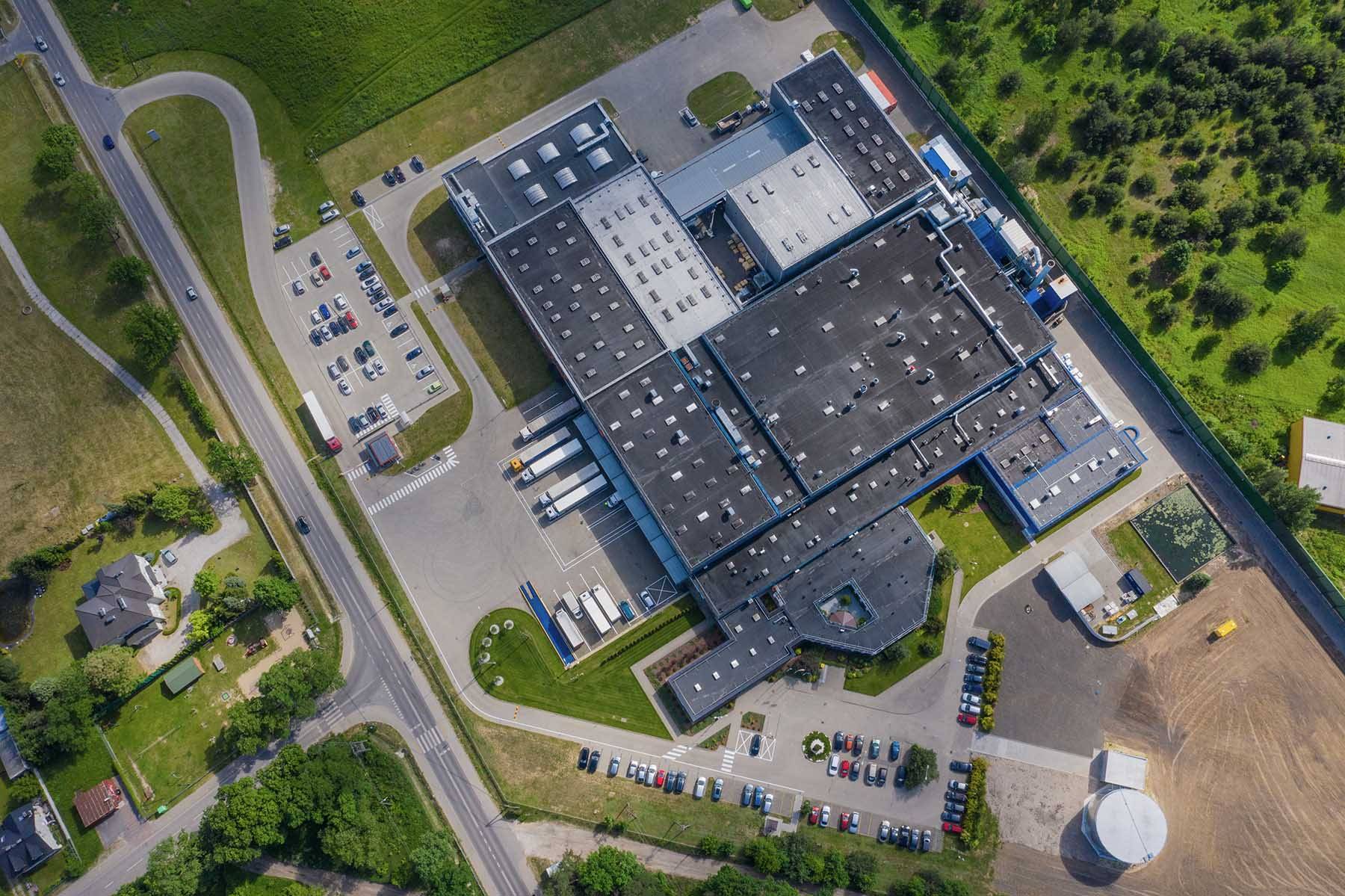
Carbon Removal Site thyssenkrupp rothe erde
2022
Carbon Removal Site thyssenkrupp rothe erde
2022 was another first for Novocarbo:
we commissioned the first fully integrated Heat-as-a-Service solution at an existing industrial site for thyssenkrupp rothe erde. Our client avoids fossil fuels with the green energy we supply.
Our modular system and established biochar supply chains allow for a minimal space requirement on site.
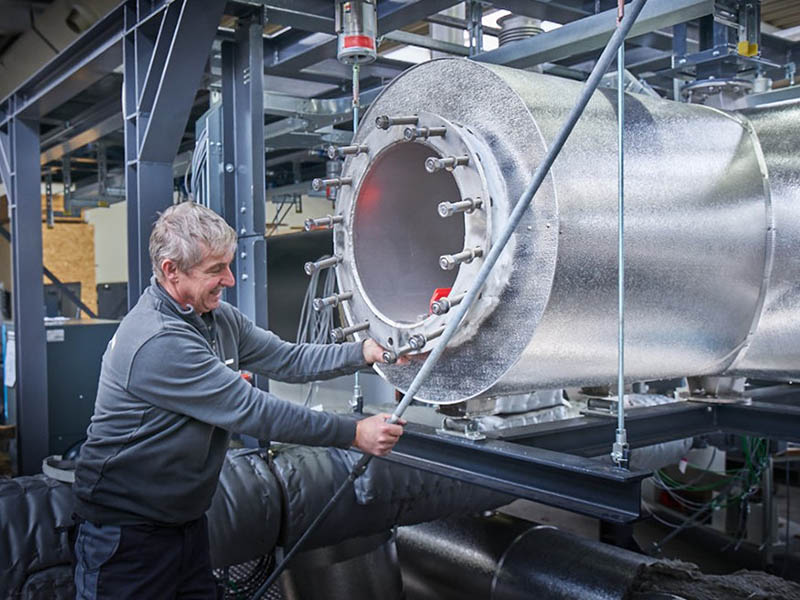
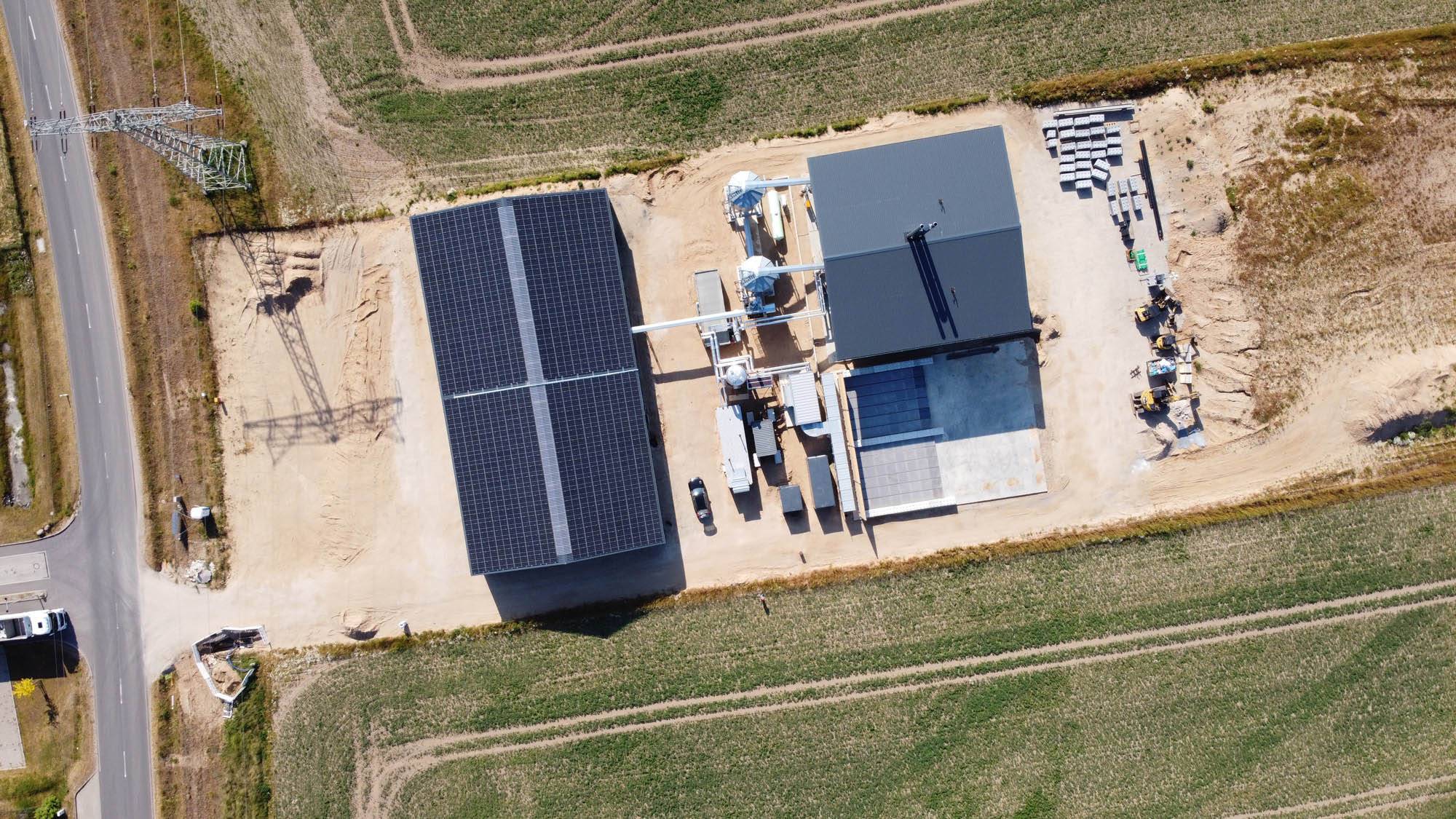
Carbon Removal Park Baltic Sea
2023
Carbon Removal Park Baltic Sea
We expanded our capacities with the opening of the Carbon Removal Park Baltic Sea in Grevesmühlen (Germany) in October 2023. This new plant with two pyrolysis systems will remove up to 3,200 t of CO₂ from the atmosphere, generate 6,600 MWh of climate-neutral heat and produce 1,700 t of biochar per year. The site in north-east Germany is located near one of Europe’s major wood ranshipment points.
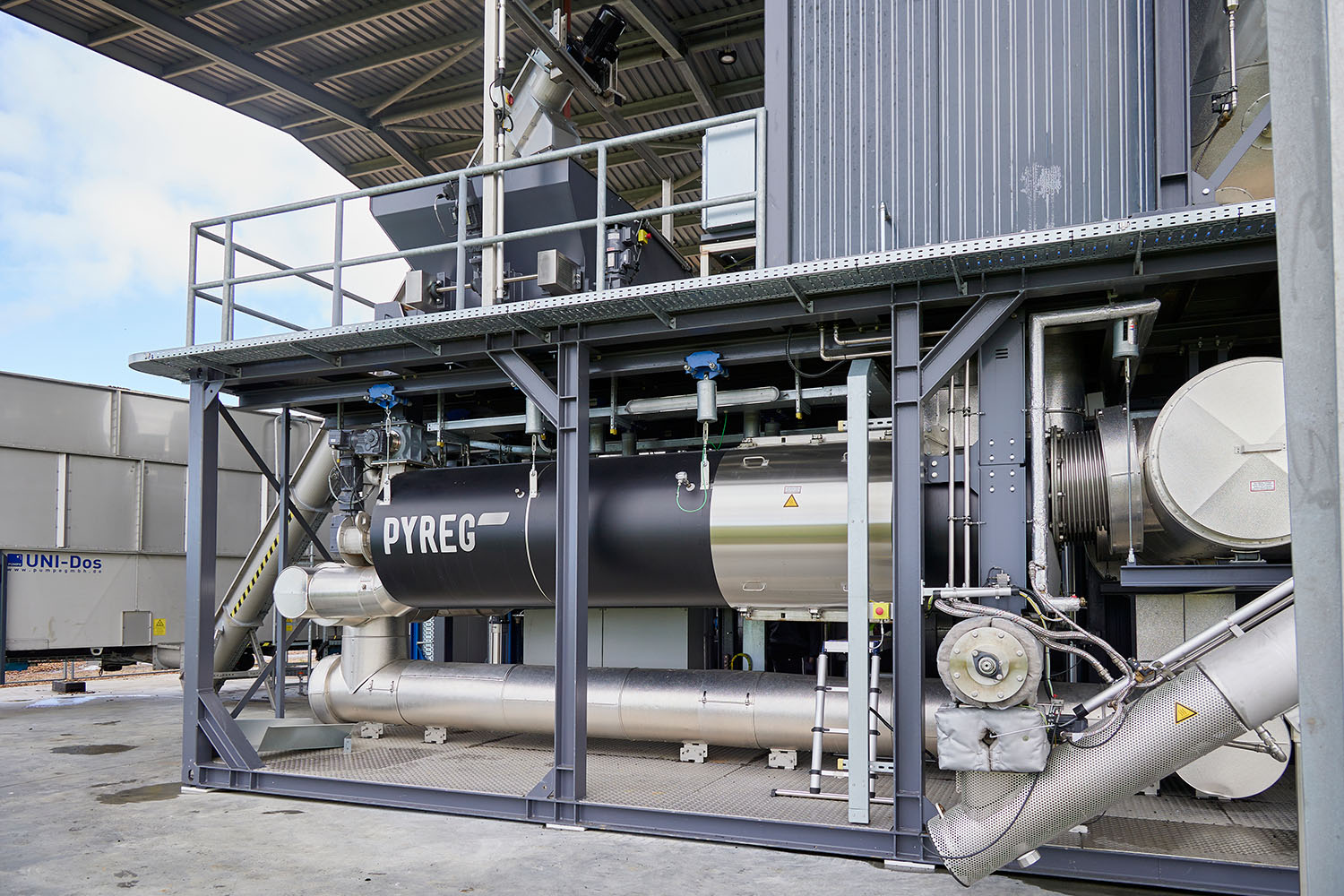
Carbon Removal Park Baltic Sea
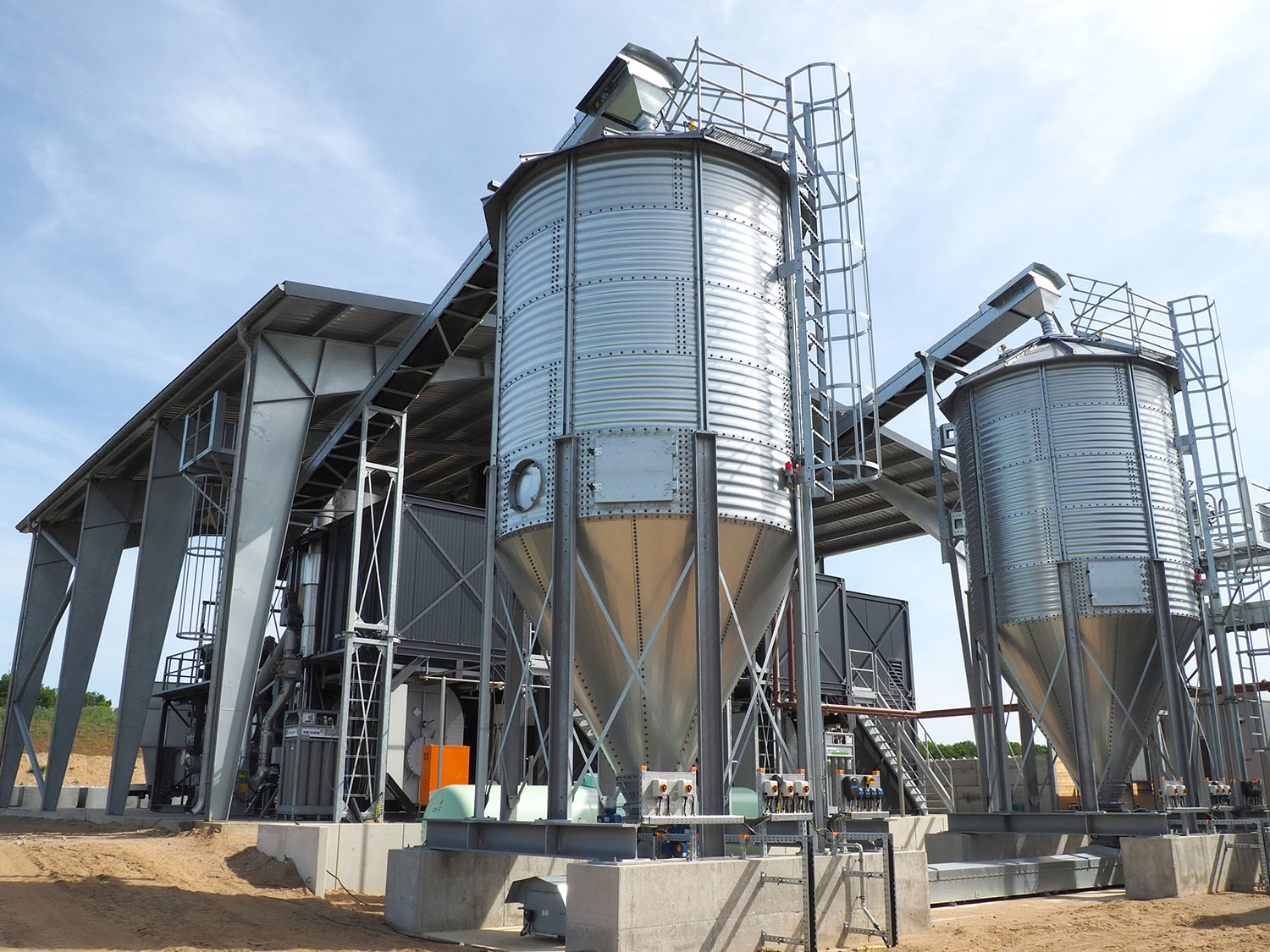
The climate-neutral energy generated in the Carbon Removal Park Baltic Sea will be fed into the municipal district heating grid and will make the supply of around 1800 connected households greener. The facility marks the third production site and will support one of our key verticals: the substrate production. It further includes a dedicated on-site lab and postproduction space for biochar to augment our R&D efforts.
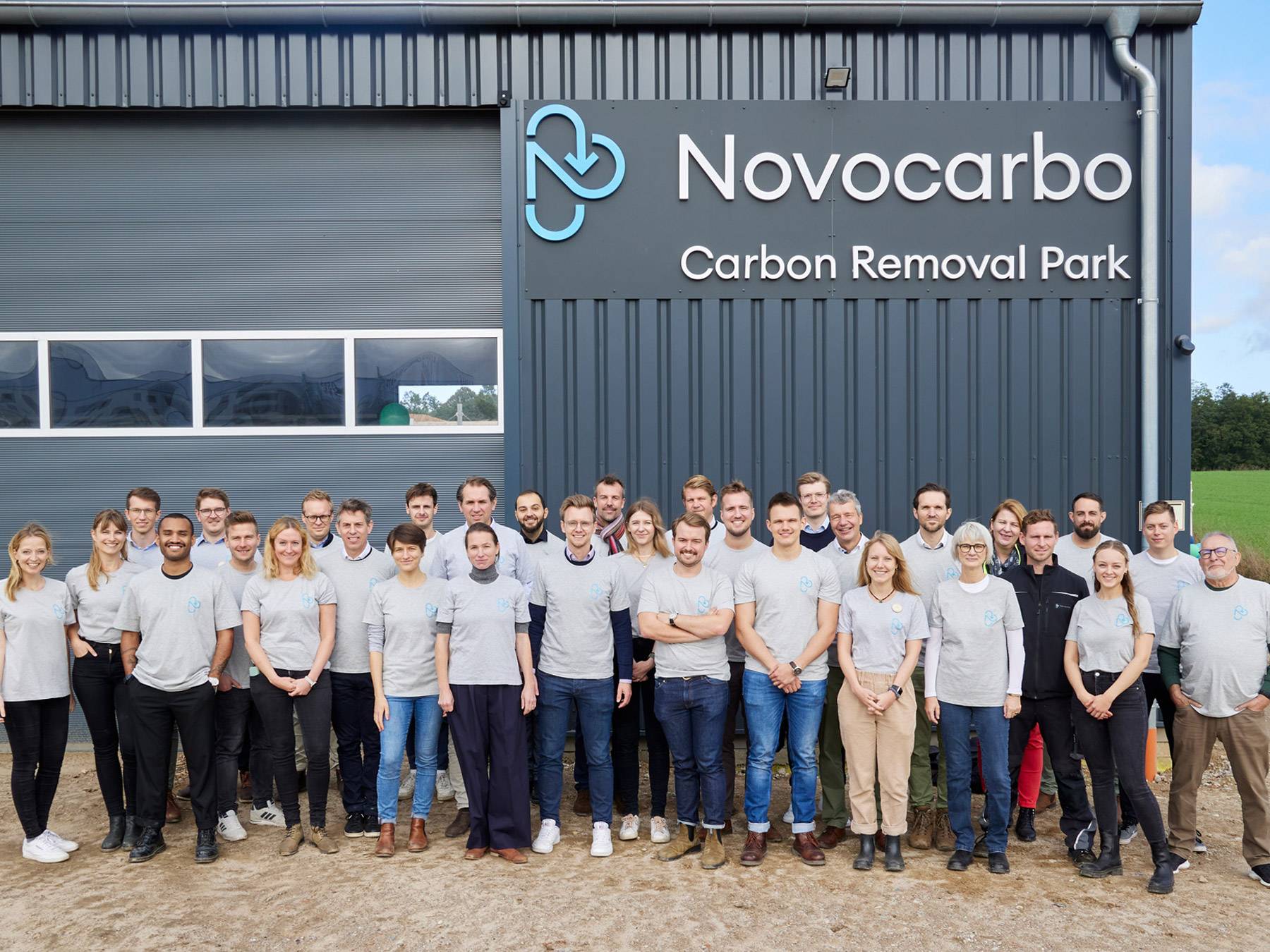
Our road map for 2024
Our road map for 2024

We think globally.
While the demand for carbon removal is surging, we execute the rapid ramp-up right now. Our scaling road map for 2024 includes one more site which issues 3,400 t biochar annually.
Our road map for 2024
We are impact driven:
therefore, scale is key. That’s why we developed a blue print that can be applied anywhere. Our scouting team knows where to find the optimal locations with high demand for renewable energy, allowing us to curb costs for our carbon removal operations and offer.

FAQ
A pyrolysis plant, such as the PX1500 from PYREG, is designed for the controlled carbonization of biogenic residues into biochar. In this process, biomass is first degassed and then converted into carbon under pressure and temperatures of 500 °C-750 °C with the greatest possible deprivation of oxygen.
This process prevents a large proportion of the captured CO₂ from escaping into the atmosphere. One metric ton of biochar sequesters around 2.5-2.8 metric tons of CO₂eq, depending on the carbon content and further use.
Our pyrolysis process essentially produces two products, which can then be stored in different ways: a solid form of carbon, namely biochar, that, for example, serves as a soil conditioner and forms a permanent carbon sink. The second product is process heat (pyrogases), which is a regenerative energy source for further heat utilization.
Biochar is produced by thermal carbonization (pyrolysis) of biomass such as waste wood, hedge trimmings as well as other biogenic residues e.g. from the food industry. Due to its porous structure and high internal surface area, biochar can store water or nutrients and be used as a filter material. These properties make it a true all-rounder that can play an important role in agriculture, industry and construction, for example.
Biochar supports the additional build-up of humus in the soil and prevents the leaching of phosphorus and nitrate. It also reduces nitrous oxide emissions on agricultural land and minimizes the need for irrigation. In addition, the resistance of plants to fungal diseases is increased. As an additive in the earth industry, biochar can replace peat and thus contribute to the preservation of peatlands, whose degradation in peat extraction causes methane emissions, a greenhouse gas that is around 28 times more harmful to the climate than CO₂.
Novocarbo’s biochar is mainly used as a soil conditioner, peat substitute in the earth industry, or in stormwater management for blue-green infrastructure projects. In addition, biochar replaces fossil or high emission resources in industry. Examples here include molded parts, housings and functional parts made of plastic, floor coverings or use as concrete aggregate. Novocarbo’s goal is to accelerate the active decarbonization of the industry with its economically viable products.
Find all frequently asked questions here.